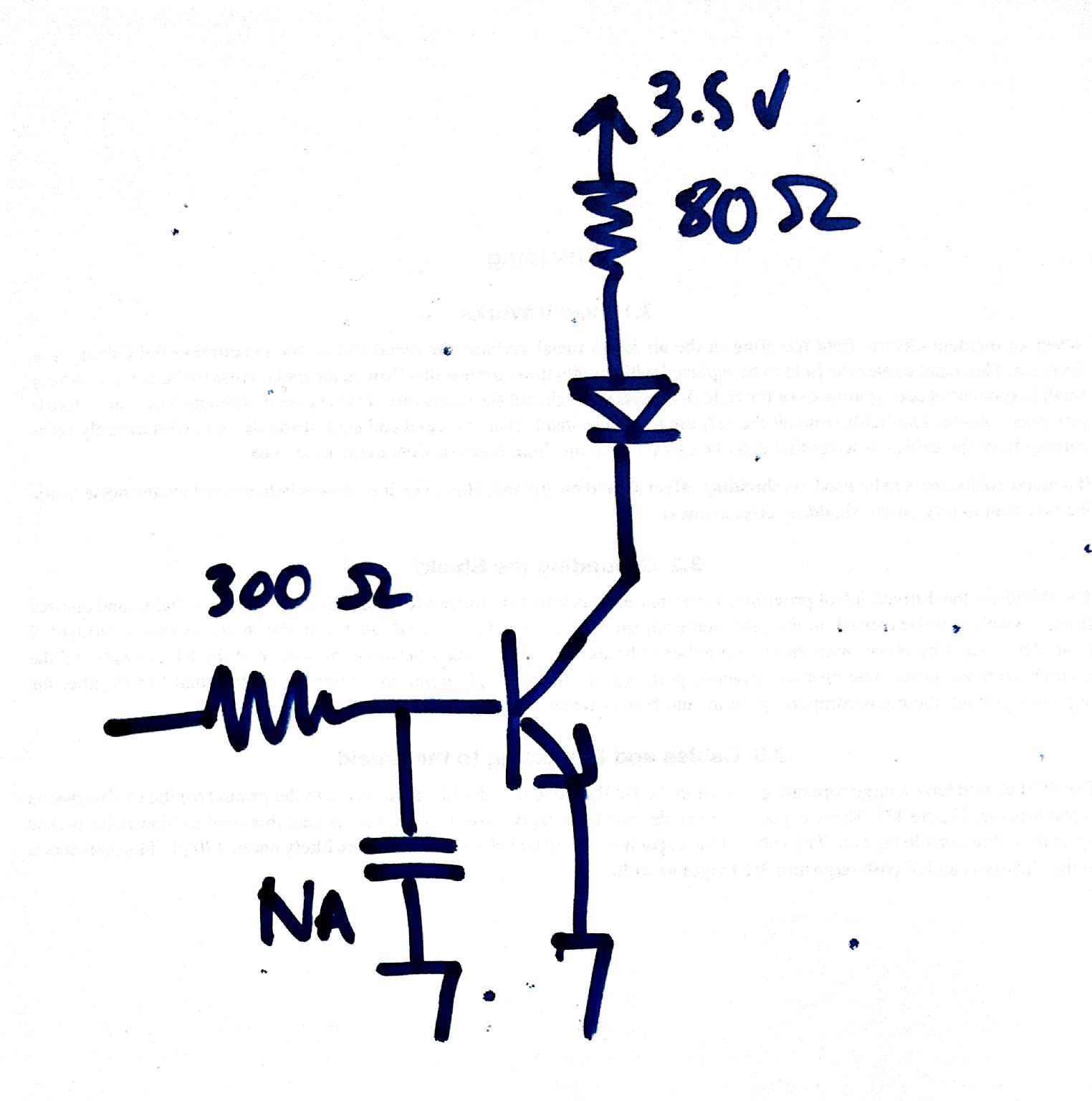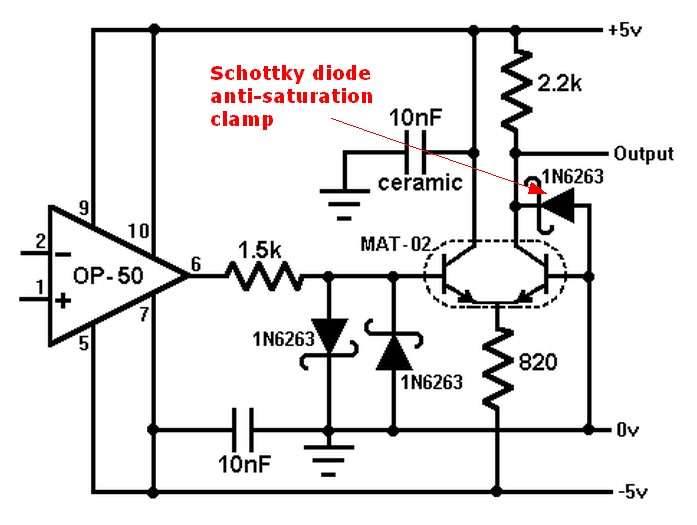I suppose your problem is, that your BJT is saturated when switched on.
This means the current going through the collector is NOT limited by the control current going through the base but by the current limiting resistor in the collector path.
I.e. with the same base current the transistor could admit more current going through the collector.
If this is the case, the turn off time of the transistor will be relative long (if I remeber right, the reason is because then charges in the base region will be swept out mainly by diffusion which is a rather slow physical process).
You can change this situation easily by following circuit:

Now the current going through the emitter (which is only slightly more than the one going through th collector) will raise the emitter to a level that makes the base current just small enough that it will be the limiting factor of the current going through the collector. So the transistor wont be saturated any more and will turn off quicker.
There is also another advantage of this circuit:
This circuit will be more stable when the transitor heats up and becomes more conductive (semiconductors become MORE conductive when heated). The current wont change much (in your first circuit it will).
Be aware that the current now doesn't depend on the supply voltage, but on the control volatge (Vin).
EDIT1:
Let be
Rb resistor at base (may be a small value; even 0 Ohms)
Re resistor at emitter
Vbe base-emitter-voltage (ca. 0.7 V for Si transistors)
b current amplification (ca. 50..100)
Ie = b*Ib emitter current; almost equalt to Ic = Ie - Ib
Vin = Rb * Ib + Vbe + Ie*Re
Solve for Ie:
Ie = ( Vin - Vbe ) / ( Rb/b + Re)
Rb/b will be very small; can be negelegted, so
Ie = ( Vin - Vbe ) / Re
EDIT2:
I did some real world measurements of both circuit variants:

The left version is the one with the saturated transistor (A).
The right version is the one with non-saturated transistor (B).
In both variants the switched current is about the same.
But now look how long it takes to turn off the current in (A):
ca. 1.5µs between the edge of CH1 (base voltage; blue) and CH2 (emitter current; green):

...and in (B):
almost no delay between the edge of CH1 (base voltage; blue) and CH2 (emitter current; green):










